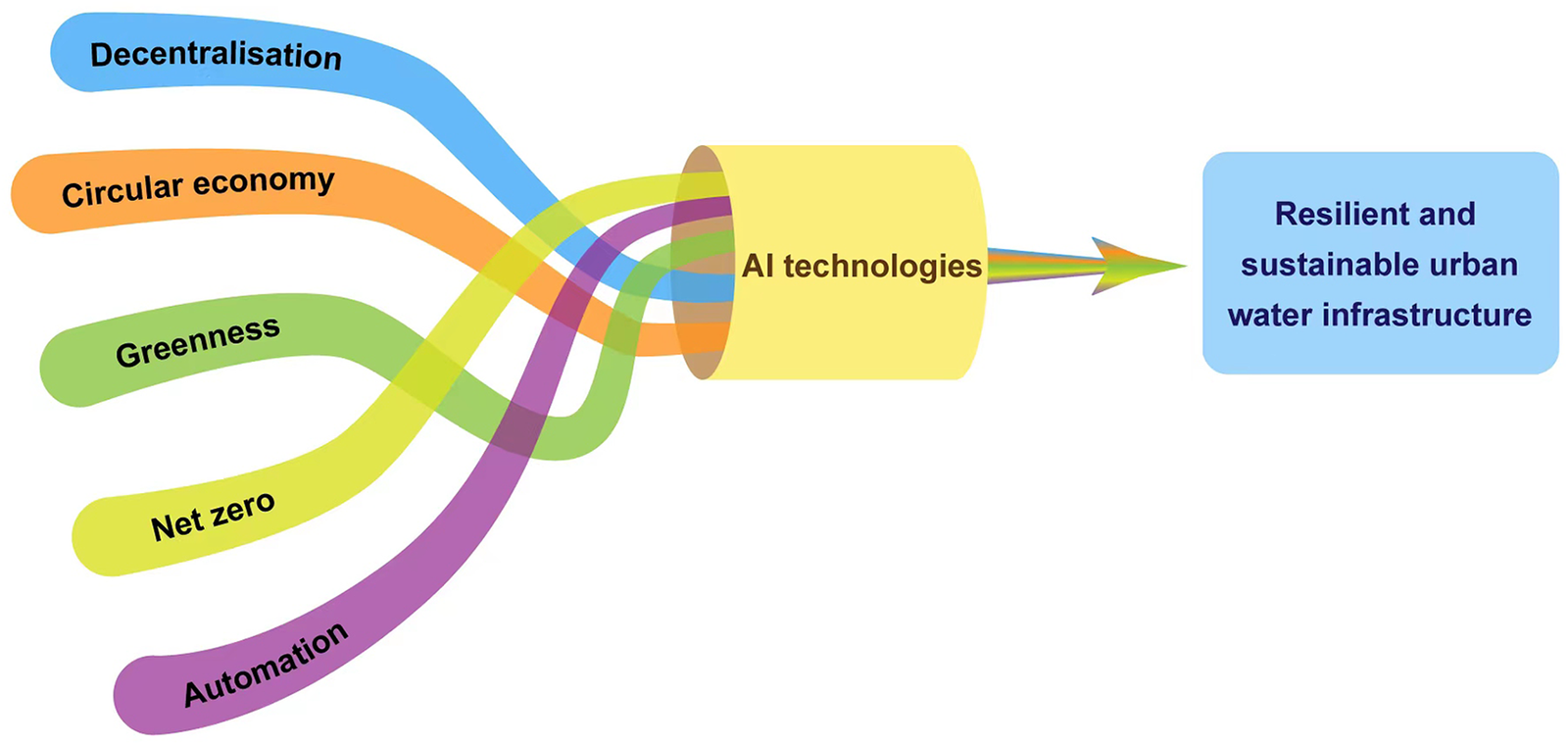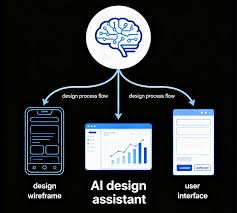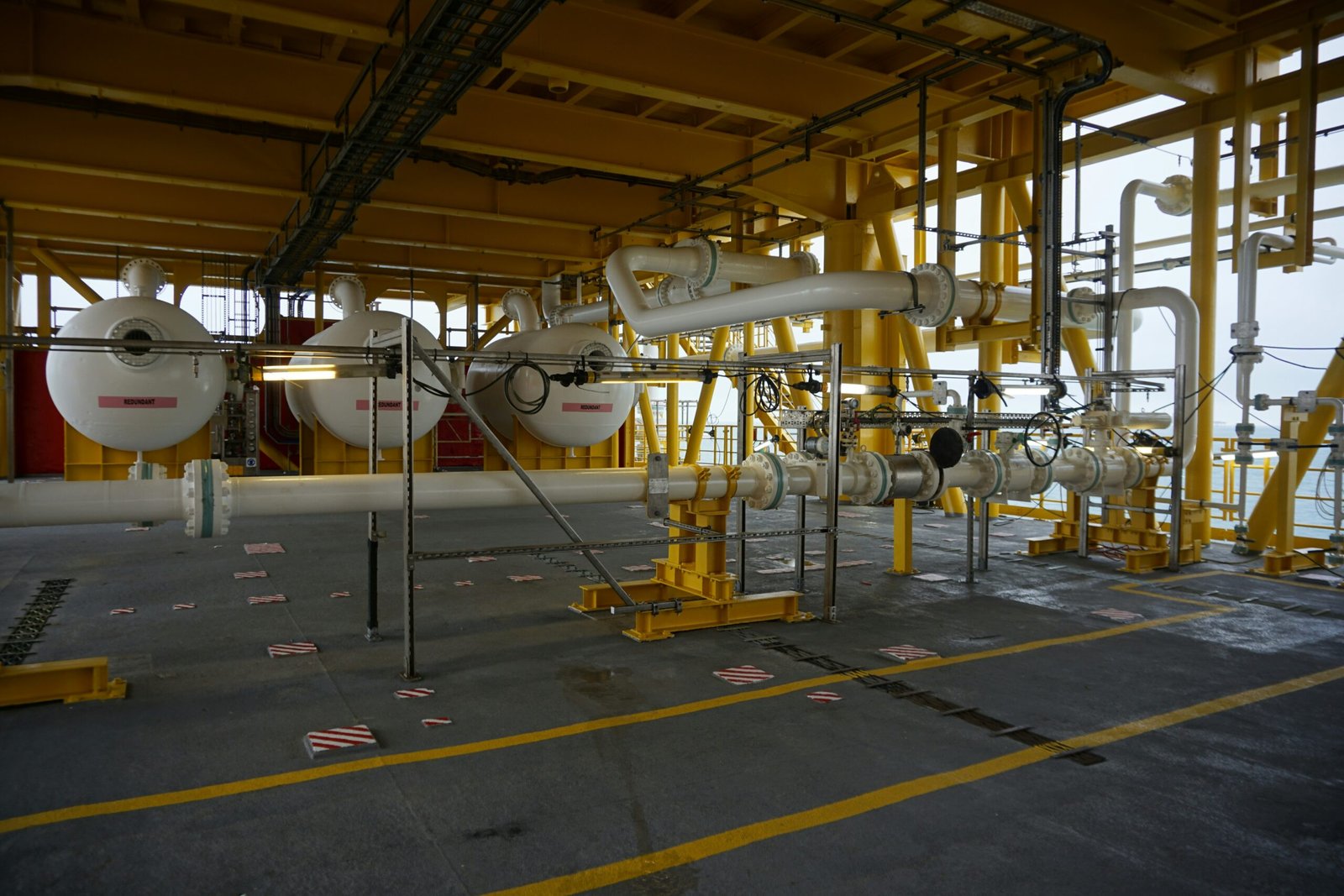Understanding Generative AI and Process Flow Design
Generative AI, a subset of artificial intelligence, refers to algorithms that can generate new content, whether it be text, images, or data, based on input patterns and examples. This innovative technology leverages machine learning techniques, particularly deep learning and neural networks, to create new instances that mimic the characteristics of the training data. Industries such as healthcare, finance, and entertainment have started to adopt generative AI for a variety of applications, including drug discovery, financial forecasting, and creating realistic visual effects. Its ability to produce high-quality outcomes with minimal human intervention makes it a valuable tool for numerous sectors.
Process flow design, on the other hand, is a systematic approach that maps out the sequence of tasks and activities involved in a particular process. It is essential for organizations seeking to optimize workflows and increase operational efficiency. By visualizing the flow of tasks, decision points, and data movement, process flow design aims to identify inefficiencies, reduce redundancies, and streamline operations. This targeted approach enables organizations to align their resources effectively, ensuring that each step adds value and contributes to the overarching objectives.
The relationship between generative AI and process flow design is multifaceted and promising. By integrating generative AI into the process flow design, organizations can automate and enhance the planning phase, allowing for the rapid generation of multiple workflow scenarios. This synergy not only streamlines the design process but also enables organizations to explore innovative solutions and optimizations that may not have been apparent through traditional methods. As the intersection of these two fields continues to evolve, the potential for improved efficiency and creativity in process flow design becomes increasingly significant.
How Generative AI Enhances Process Flow Design
Generative AI has emerged as a pivotal tool in transforming process flow design by significantly enhancing the efficiency and effectiveness of workflows. One of the key advantages of generative AI lies in its capability to analyze extensive datasets, which enables organizations to identify inefficiencies that may be obscured in conventional analysis. By sifting through large volumes of data, generative AI algorithms can pinpoint bottlenecks and redundancies within existing processes, facilitating a more informed approach to redesign.
Moreover, the application of generative AI in simulating various process scenarios provides organizations with the ability to visualize hypothetical changes and their implications on workflow outcomes. This simulation capability empowers decision-makers to assess multiple configurations without the need for costly or time-consuming real-world trials. For instance, in the manufacturing sector, generative AI can model different production lines to ascertain the impact of new technologies or layouts before implementation, thereby optimizing the overall process flow.
Automated generation of optimized workflows is another remarkable feature of generative AI. This technology not only allows for the creation of new design possibilities but also recommends enhancements to existing processes. For example, healthcare organizations have leveraged generative AI to streamline patient intake workflows, resulting in reduced waiting times and improved patient satisfaction. As demonstrated by these real-world applications, the integration of generative AI leads to a more agile, responsive, and efficient approach to process flow design.
By understanding how generative AI can analyze data, simulate multiple scenarios, and automate workflow generation, organizations can harness its full potential to drive innovation in their process design. This ability to optimize workflow efficiently is not just a theoretical benefit; it translates into tangible improvements in productivity and operational performance.
Challenges and Considerations in Implementing Generative AI
The integration of generative AI into process flow design is not without its challenges. One of the primary concerns is the quality of data that organizations utilize. Generative AI systems rely heavily on pre-existing data to create innovative solutions. If the input data is flawed, outdated, or lacks relevance, it could lead to inaccurate or inefficient process designs. Therefore, organizations must prioritize data cleansing and enhancement before adopting generative AI technologies.
Another significant challenge is the potential resistance to change from employees. Many workers may be apprehensive about the introduction of AI technologies, fearing job displacement or the need to adapt to new workflows. It is essential for organizations to foster a culture of acceptance and adaptability. This can be achieved through transparent communication about the benefits of generative AI, training programs to upskill employees, and involvement of staff in the implementation process. If employees understand that generative AI is designed to support their roles, they may be more willing to embrace this technology.
Furthermore, the implementation of generative AI requires specialized skills that may not be readily available within an organization. Companies may need to invest in training for current employees or hire new talent with expertise in AI and machine learning. This can pose logistical and financial challenges, especially for smaller businesses. A strategic approach involves developing partnerships with educational institutions, consulting firms, or other organizations specializing in AI to bridge this skills gap.
In conclusion, while generative AI presents transformative opportunities for process flow design, organizations must carefully address these challenges. By focusing on data quality, facilitating employee acceptance, and enhancing skill sets, businesses can navigate the integration of generative AI effectively, ensuring a successful transition into this innovative era.
Future Trends of Generative AI in Process Flow Design
As we look toward the future, it becomes increasingly evident that generative AI stands poised to transform the landscape of process flow design. The evolution of AI technology, particularly within the realms of machine learning and deep learning, offers promising advancements in how organizations develop and refine their processes. Future trends suggest that generative AI will not only facilitate the design of more efficient workflows but also enhance adaptive capabilities to meet changing business environments.
A key trend is the integration of generative AI with emerging technologies such as the Internet of Things (IoT) and big data analytics. By harnessing data from interconnected devices, businesses will be able to train generative AI models more effectively, enabling them to create process flows that are not just optimized for efficiency but also responsive to real-time changes. This synergy will lead to a shift towards dynamic process flow designs that can adapt organically as new data becomes available.
Moreover, advancements in natural language processing (NLP) will facilitate more intuitive interactions between human operators and AI systems. This will make it easier for users to leverage generative AI tools, reducing the learning curve associated with complex software. Consequently, we anticipate an increase in collaborative AI tools, where human inputs are seamlessly integrated into the design suggestions generated by AI, creating a more inclusive design environment.
Organizations must prepare for these changes by fostering a culture of innovation and continuous learning. Investing in training programs and embracing AI literacy will empower employees to effectively utilize generative AI in process design. As businesses adapt to these trends, the long-term impact of generative AI on process efficiency and design is expected to be profound, driving operational excellence and sustainable growth.










